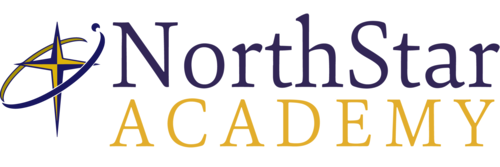Summary of Course Content and Activities
Physics 20 is the first course in the Physics 20-30 sequence.
This course includes the following strands:
- Kinematics: the science of motion
- Dynamics: the study of forces and the cause of motion
- Circular Motion, Work and Energy
- Oscillatory Motion and Mechanical Waves
Philosophy statement for teaching this course
Physics is the study of both matter and energy, as well as their interactions. Through its study learners are given opportunities to both explore and comprehend the natural world as God created it. They are also given opportunities to make themselves aware of the profound influence Physics has on self, society and the environment.
Understanding that learning proceeds best when it originates from a base of what the learner already knows, deems personally useful and considered relevant, this course presents (as often as possible) its learning objectives from a base of concrete experiences and from a solid Biblical perspective. As an experimental discipline, the study of Physics will promote higher level thinking and problem solving alongside both creativity and imagination.
Students taking Physics 20 are presumed to have reached the acceptable standard or better in both Science 10 and Mathematics 10.
Materials and Resources
Provided by NSA
- Pearson Physics
Purchased by Students
- Microsoft Office 97 (or greater) especially Word and Excel
- Scientific Calculator (or approved graphing calculator)
- Bible
Forecasted amount of time required to complete each week's lesson
Semester students can expect to complete the course in about 8 hours per week over eighteen weeks. Full year students will complete the course in about 4 hours per week over thirty-six weeks.
Description of student evaluations, quizzes and tests.
For semester courses, there are two major grading periods, while for full year courses there are four major grading periods, one after each quarter.
There are four major grading periods, one after each quarter. Assignment Check-ins will make up 30% of your final grade, completion of the group discussions and the self-check
assignments another 10%, your Reflections and Take Away Journal responses 30%, and finally tests and quizzes making up 15%.
There will also be a final exam at the end of this course that will
make up the last 15% of your final course grade.
